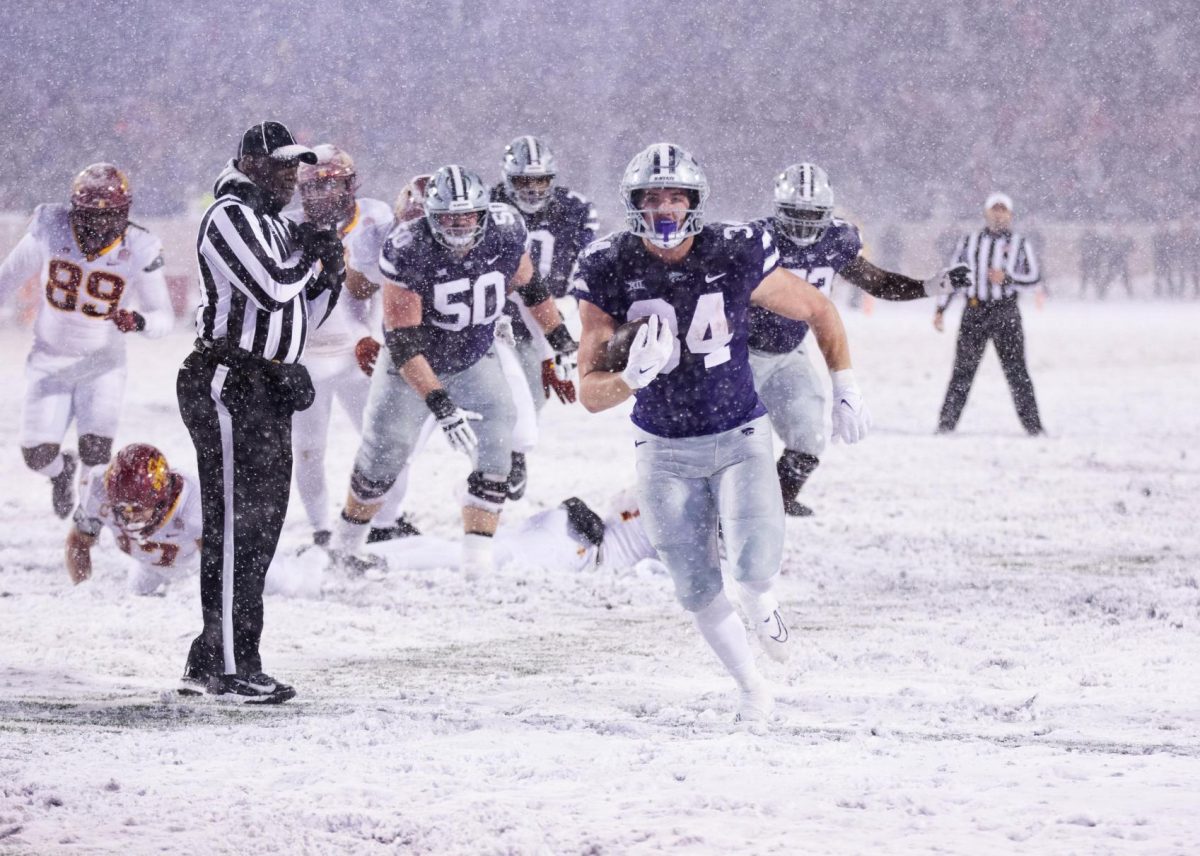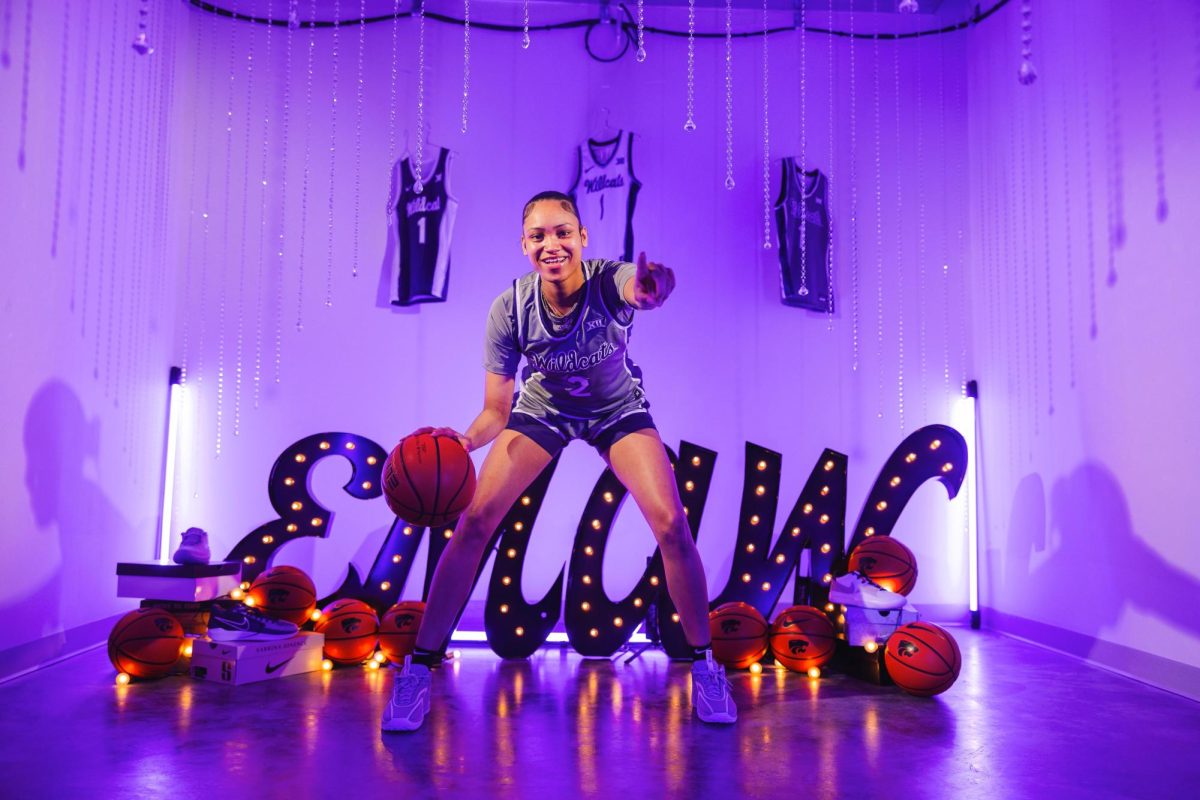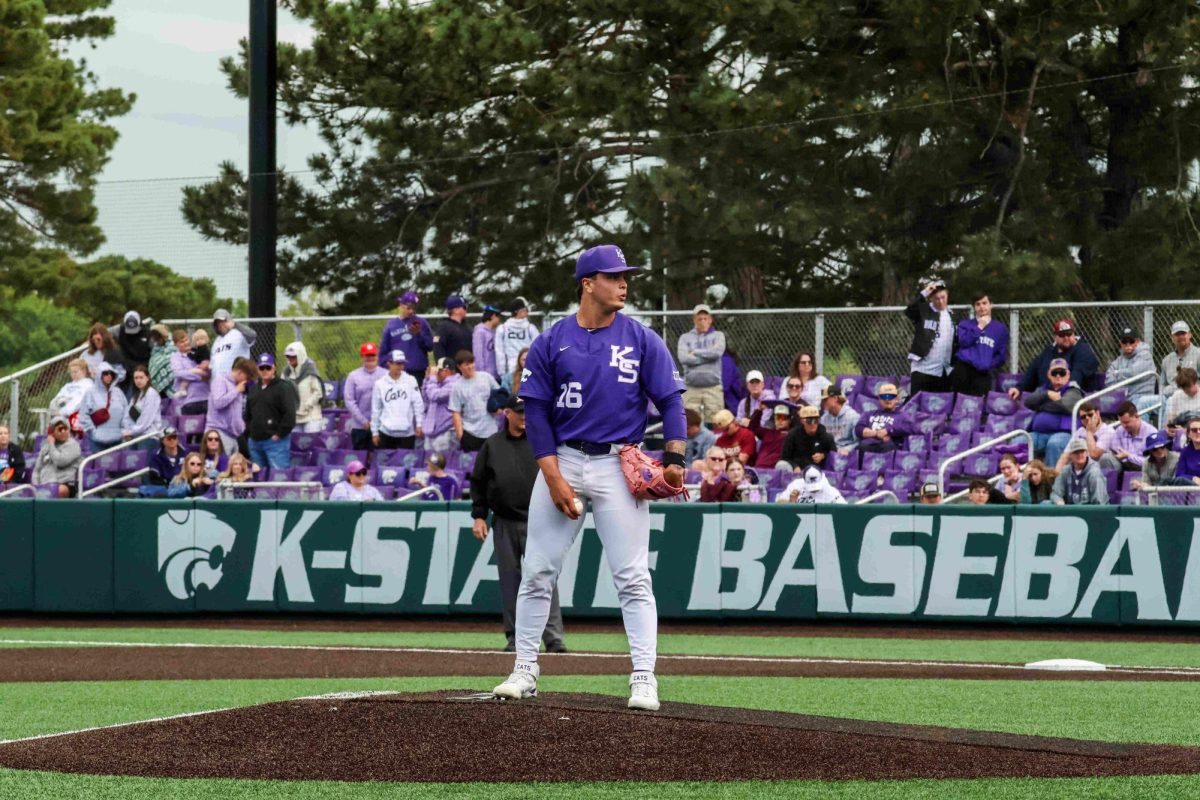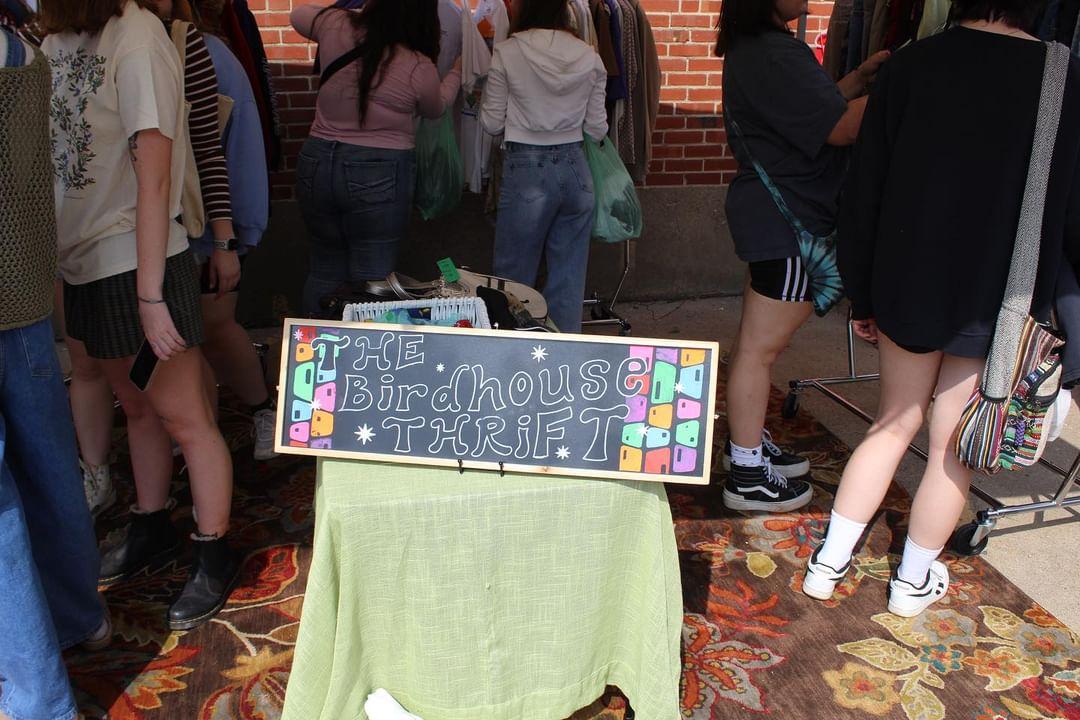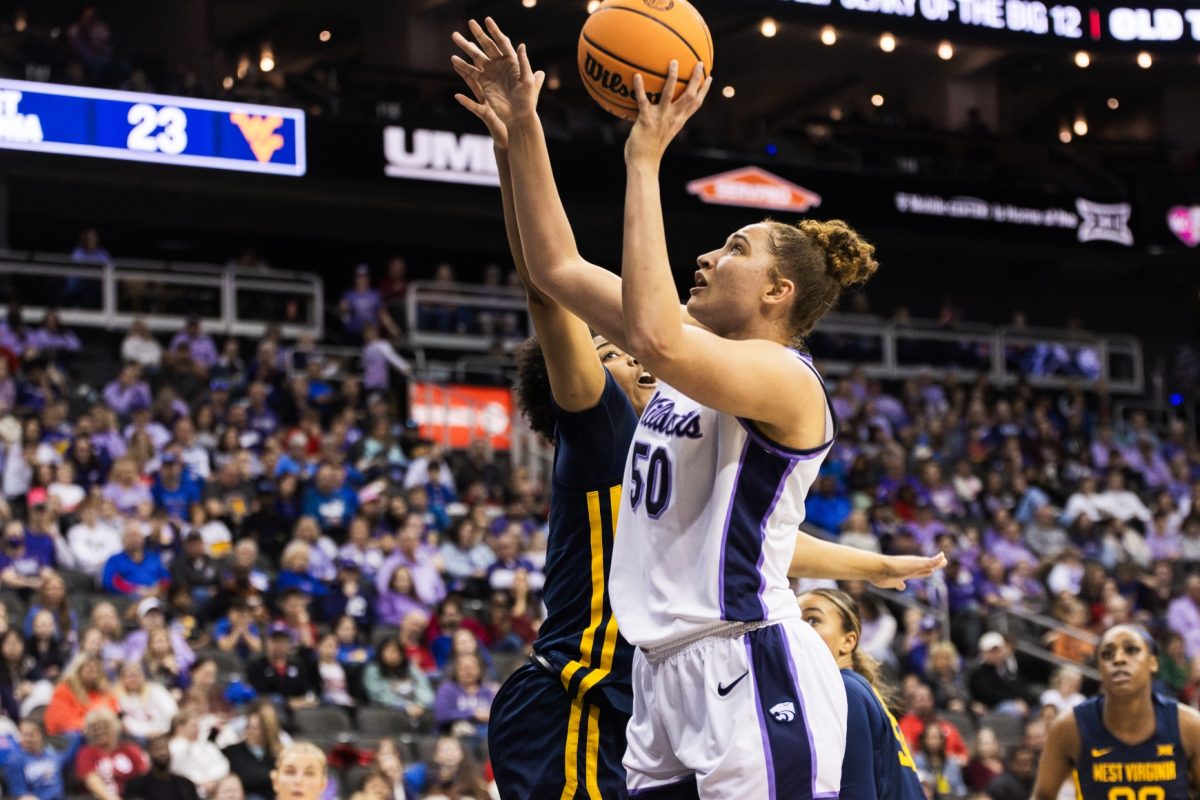Maryam Kazemidemneh, Ph.D. student in environmental design and planning, is working with local women ages 18 to 65 to study the effect of light levels on women’s perceptions of safety.
“At first, I wanted to encourage people to walk more and use the city,” Kazemidemneh said. “At the same time, I noticed that vulnerable groups such as women, elderly and disabled people usually feel more unsafe.”
Kazemidemneh’s main goal with this study is to make cityscapes more walkable for every demographic.
“We are facing some issues in urban planning and design that are related to lighting and safety, so that’s why when I narrowed down my research, I focused on the perception of safety,” Kazemidemneh said. “[The experiment is] designed in which people, specifically women, can try different streets with different lighting conditions.”
The study, done with virtual reality, takes around 90 minutes in the virtual reality labs in Seaton Hall. After the experiment, volunteers are surveyed on how safe they perceive themselves within the different scenarios and are given a $17 commission for their time.
Students commented on how they feel in places such as Aggieville, which are well-lit after dark.
“I’m always with a big group of people, and it always feels safe,” Marie Lampors, freshman in fashion, said.
Mady Meyer, sophomore in family and consumer sciences, agreed.
“I feel safe around Manhattan,” Meyer said. “But I’m also not walking around Aggieville at midnight.”
Both women agree the people and lack of dark, ominous places contribute to their feelings of safety in Aggieville.
“I hope that in the future, we can have more human-friendly cities and streets,” Kazemidemneh said.
Kazemidemneh can be contacted at [email protected] to schedule an appointment to participate in the study.














